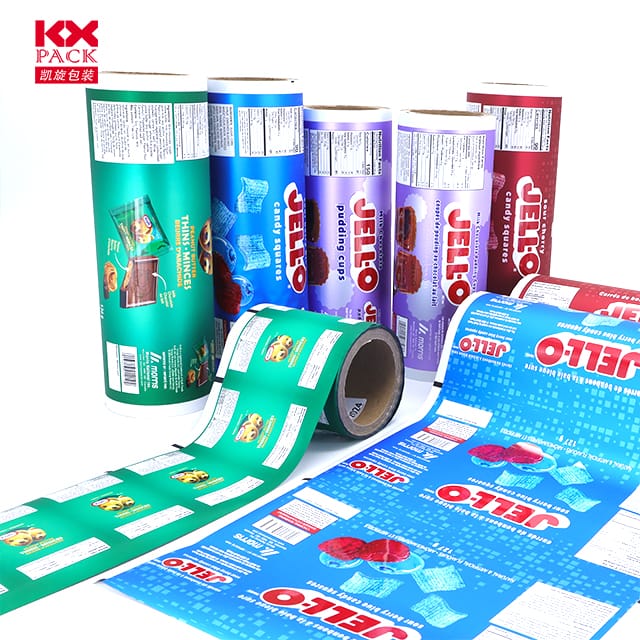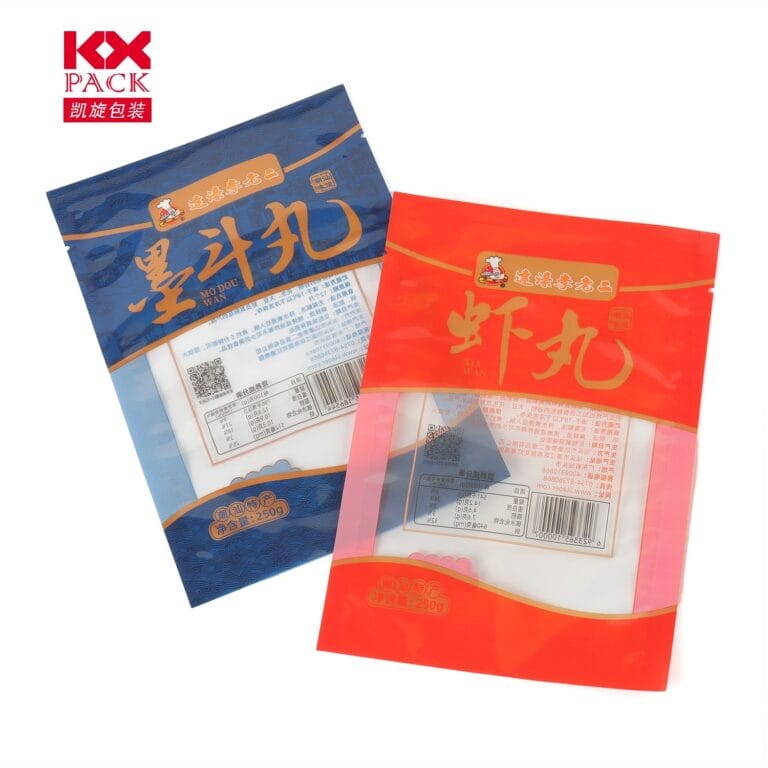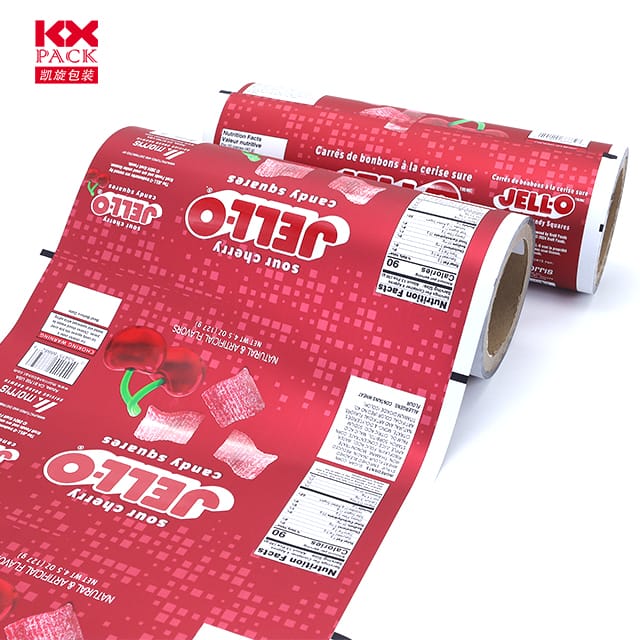柔性塑料包装在现代行业的演变和影响
柔性塑料膜包装
最近几年, 柔性塑料包装已成为现代包装解决方案的基石, 从食品和饮料到药品和消费品的革命性行业. 它的轻量级, 多才多艺的, 而且具有成本效益的性质使其必不可少, 但是它的越来越流行也引发了有关可持续性和环境责任的关键问题. Let’s explore the rise of flexible plastic film packaging, 它的好处, 挑战, and the innovations shaping its future.
What Is Flexible Plastic Film Packaging?
Flexible plastic film packaging refers to thin, pliable sheets made from polymers such as polyethylene (体育), 聚丙烯 (聚丙烯), 聚酯纤维 (宠物), or biodegradable alternatives like PLA (聚乳酸). These films are used to create pouches, 包, 包裹, and liners that protect products from moisture, 氧, 光, 和污染. 与刚性包装不同 (例如。, 玻璃或金属), flexible films can be molded into custom shapes, reducing material waste and enabling efficient storage and transportation.
Why Is It So Popular?
- 多功能性: Flexible films adapt to diverse products, from fresh produce and snacks to cosmetics and medical supplies. They can be printed with vibrant graphics, 增强品牌可见性.
- 成本效益: Manufacturing flexible films requires less energy and raw materials compared to rigid alternatives, lowering production costs.
- 延长保质期: 具有阻隔性能的多层薄膜 (例如。, 氧气清除剂) 保持新鲜度, 减少食物浪费.
- 方便: 可重新密封的拉链, 喷口, and easy-tear features improve user experience, particularly in on-the-go consumption.
Environmental Challenges
尽管有优势, flexible plastic film packaging faces scrutiny for its environmental impact:
- 非生物降解性: Most films are derived from fossil fuels and persist in landfills for centuries.
- 回收障碍: 薄的, multi-layered structures are often incompatible with traditional recycling systems, 导致低回收率 (estimated at just 5–10% globally).
- 微塑料污染: Improper disposal can fragment films into microplastics, contaminating ecosystems.
创新推动了可持续性
The industry is responding with groundbreaking solutions to mitigate environmental harm:
- 可生物降解和可堆肥膜: PLA等材料 (made from corn starch) 和PHA (多羟基烷烃) break down naturally under specific conditions.
- 先进的回收技术: Chemical recycling processes can convert mixed plastic waste into reusable feedstock, enabling circular economy models.
- 单材料设计: Replacing multi-layer films with single-polymer structures improves recyclability without sacrificing performance.
- 可重复使用的包装系统: Brands are experimenting with refillable pouches and take-back programs to reduce single-use waste.
The Future of Flexible Packaging
随着消费者对环保选择的需求增长, manufacturers face pressure to innovate. Governments are also stepping in with regulations like extended producer responsibility (EPR) laws, which hold companies accountable for packaging waste.
The key to a sustainable future lies in balancing functionality with environmental stewardship. 通过投资可生物降解的材料, scalable recycling infrastructure, 和消费者教育, the industry can transform flexible plastic film packaging into a solution that benefits both businesses and the planet.
结论
Flexible plastic film packaging is a testament to human ingenuity, offering unmatched convenience and efficiency. 然而, its environmental footprint demands urgent action. Through collaboration between innovators, 决策者, 和消费者, we can ensure this versatile material evolves into a cornerstone of sustainable packaging—proving that progress and responsibility can go hand in hand.
What are your thoughts on flexible plastic film packaging? 在下面的评论中分享您的想法!
关键字: 柔性塑料膜包装, 可持续包装, 可生物降解的电影, recycling innovation, 循环经济







